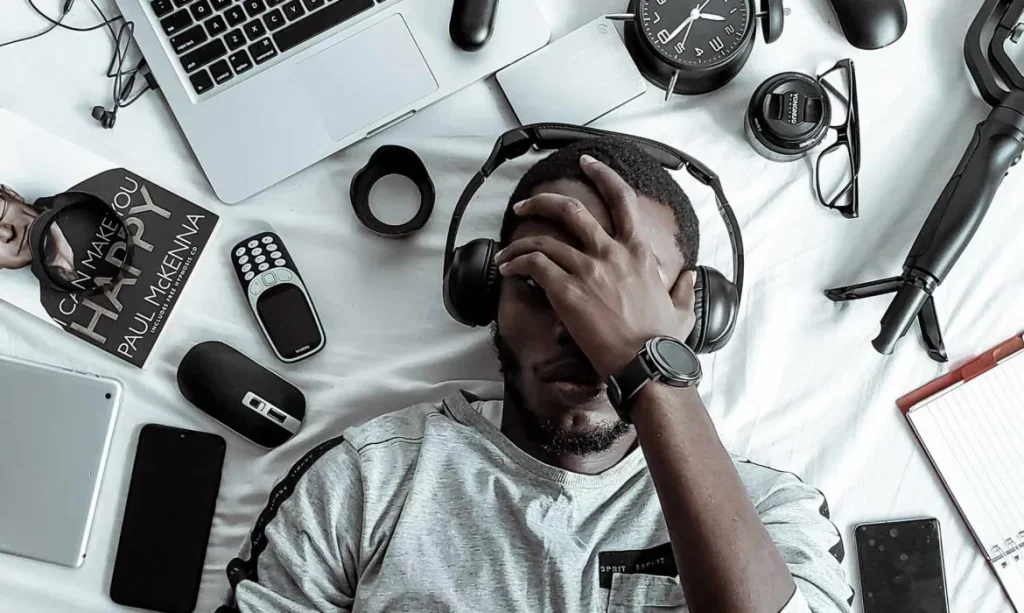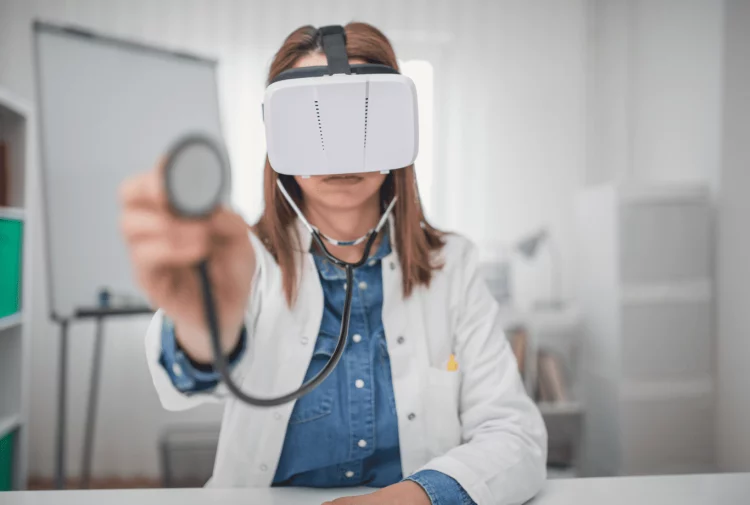The future of phobia treatment may not lie on a therapist’s couch—but inside a headset. Virtual reality (VR) therapy apps, once limited to academic experiments and elite clinics, are now entering the mainstream with consumer-level hardware and surprisingly realistic scenarios. From a fear of flying to arachnophobia, people with crippling phobias can now access exposure therapy in their living rooms. But are these VR tools just flashy novelties, or do they represent a serious evolution in mental health treatment? In this deep dive, we explore what the research says, how these apps work in real-world conditions, and whether they can truly replace—or complement—traditional in-person therapy.
Exposure Therapy Simulations: From Skies to Spiders
At the heart of VR therapy is exposure therapy, a cornerstone of cognitive behavioral therapy (CBT). The idea is simple: gradual, repeated exposure to a feared stimulus—under safe conditions—can desensitize the brain’s fear response. Traditionally, this has been done through imagination, videos, or real-world situations. VR brings a game-changing twist: hyper-realistic, immersive environments that simulate phobic triggers in controlled doses.
Take, for instance, fear of flying. Apps like Amelia Virtual Care and Virtually Better offer multi-level simulations that begin with airport check-in and progress through boarding, takeoff, turbulence, and landing. A user can repeat the same sequence dozens of times, practice breathing exercises, and learn to challenge catastrophic thoughts—all while seated safely at home.
Arachnophobia? Apps such as Phobos and Psious offer realistic spider simulations where users progress from cartoonish creatures to high-definition eight-legged beasts crawling across their field of vision. Some even offer voice-guided CBT scripts or biofeedback integration, helping users monitor their anxiety in real time.
Other common VR therapy targets include fear of public speaking, heights, confined spaces, medical procedures, and social interactions. Many apps allow therapists to customize sessions remotely, adjusting difficulty, scenario length, and background noise. Some systems even include “therapist view” dashboards, enabling remote supervision via telehealth.
Clinical studies have been largely supportive. A 2023 meta-analysis published in JMIR Mental Health reviewed over 30 randomized controlled trials and concluded that VR-based exposure therapy was as effective as in-person exposure therapy for treating specific phobias, with the added benefit of lower dropout rates and faster engagement. Patients often found it easier to face fears virtually before attempting real-life exposures.
Cost Comparison to In-Person Treatment
Affordability remains one of VR therapy’s biggest selling points. Traditional phobia treatment can run from $100 to $250 per session, with some patients requiring 10–20 sessions depending on severity and comorbid conditions. Insurance coverage for exposure therapy is inconsistent and often requires a formal diagnosis and a long wait for appointments.
By contrast, VR therapy apps typically offer monthly subscription models ranging from $20 to $80, or one-time purchases for $100–$300. For those with existing VR headsets, this represents a fraction of the cost of live therapy.
Some providers, like XRHealth and Limbix, have hybrid models where users access the VR platform at home but still meet periodically with a licensed therapist via telehealth. Others, like oVRcome, are fully self-guided and focus on daily 5–10 minute exercises. There are even apps offering workplace programs, helping employees manage public speaking fears or performance anxiety through short VR modules.
Of course, there are caveats. VR therapy is not ideal for complex mental health cases involving trauma, severe panic disorder, or comorbid substance use—conditions that require clinical oversight. And while cheaper, DIY VR apps may not provide the same level of customization or psychological nuance as sessions guided by a trained clinician.
Still, for individuals with mild-to-moderate phobias who face logistical or financial barriers to therapy, VR options are increasingly compelling.
Oculus vs. Smartphone-Based Options
Not all VR therapy is created equal, and hardware plays a significant role in determining the quality—and effectiveness—of the experience. The market is broadly divided into two categories: standalone headsets (e.g., Meta Quest 2 and 3, Pico 4) and smartphone-based VR (e.g., Google Cardboard or Samsung Gear VR).

Standalone headsets offer the highest immersion. With six degrees of freedom (6DoF), spatial audio, and room-scale tracking, these devices can simulate environments with a high degree of realism. Apps like Amelia Virtual Care and Psious take full advantage of this hardware to deliver nuanced scenarios with subtle cues—like the rumble of an airplane or the shadows under a spider—that enhance the brain’s response. These systems also tend to support hand tracking, allowing users to reach out and “interact” with their fears, a technique known to accelerate desensitization.
Smartphone-based VR, while significantly more affordable, is limited by weaker graphics, lower frame rates, and lack of interactivity. Apps such as oVRcome or Easy Heights provide a basic but functional experience using 3DoF, sufficient for simple exposures like standing near a virtual ledge or attending a virtual classroom. However, these setups often lack the physical presence and realism that make VR truly immersive.
Interestingly, some users report that smartphone VR is easier to tolerate in the early stages of exposure, offering a “gentler” entry point for highly sensitive individuals. Others prefer the higher fidelity of Oculus-based options, especially for longer-term use or deeper immersion.
From a therapist’s perspective, hardware choice may depend on budget, tech comfort level, and patient severity. Clinics may invest in high-end systems for in-office use, while recommending smartphone versions for clients to practice between sessions.
Is VR Therapy Ready for Prime Time?
So, where does VR therapy stand on the innovation curve? Is it a gimmick, a supplement, or a legitimate first-line treatment?
The answer likely lies somewhere in between. For now, VR therapy is best viewed as a powerful adjunct to traditional approaches. It shines in accessibility, engagement, and consistency. Patients are more likely to practice exposures regularly when the process feels more like a game than a punishment. And therapists can use VR to bridge the gap between imagination and in vivo exposures, which are often logistically difficult (e.g., you can’t board a real plane every week).
Yet there are limitations. Not all phobias can be easily replicated in VR. Fear of disease, relationship-based anxieties, or complex trauma require a human therapist’s empathy, flexibility, and diagnostic acumen. And there are concerns around privacy and data security, especially as apps begin to integrate biometric tracking, emotion recognition, and AI-generated coaching.
That said, the trajectory is clear. Major health systems are piloting VR therapy, insurance providers are beginning to offer reimbursements, and researchers are exploring how virtual exposure can be combined with neurofeedback and psychedelics to deepen results.
Conclusion: Facing Fear in a New Dimension
VR therapy for phobias is no longer speculative science—it’s here, functional, and increasingly accessible. While it may not replace human therapists anytime soon, it expands the toolbox of exposure-based care in unprecedented ways. For many, it offers the first real chance to confront lifelong fears on their own terms, at their own pace, and with their dignity intact.
The challenge now is to ensure that this technology is applied ethically, supported by clinical guidance, and integrated thoughtfully into broader mental health systems. If done right, VR could shift how we perceive fear—not as a wall, but as a simulation we can rewrite.











































